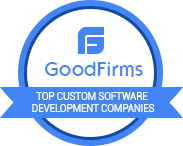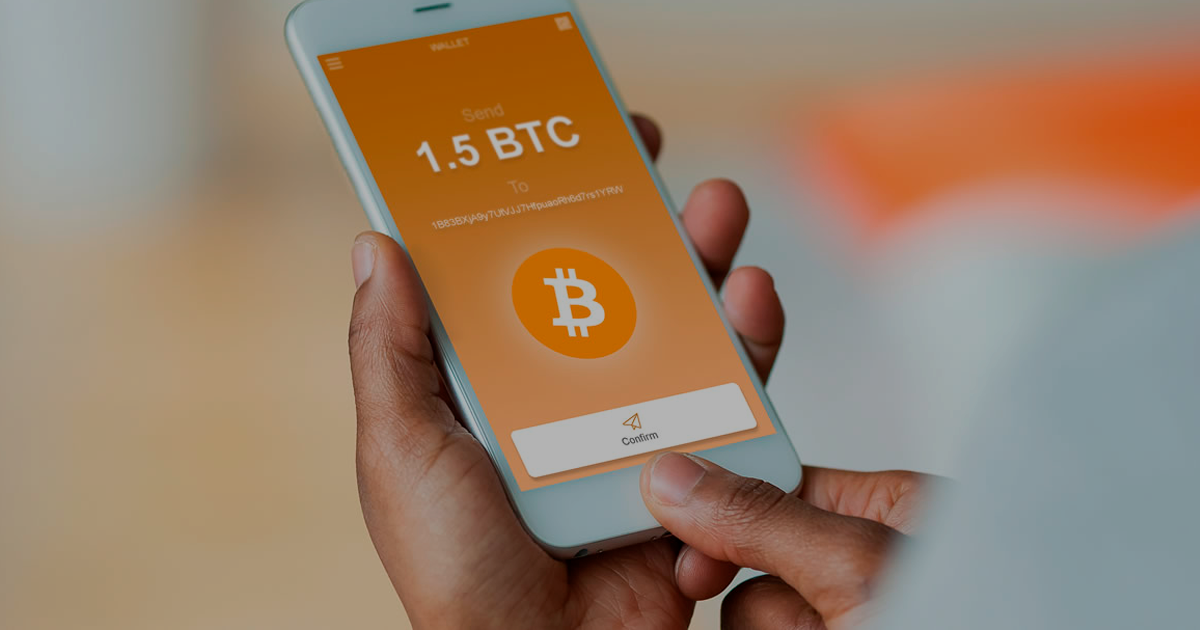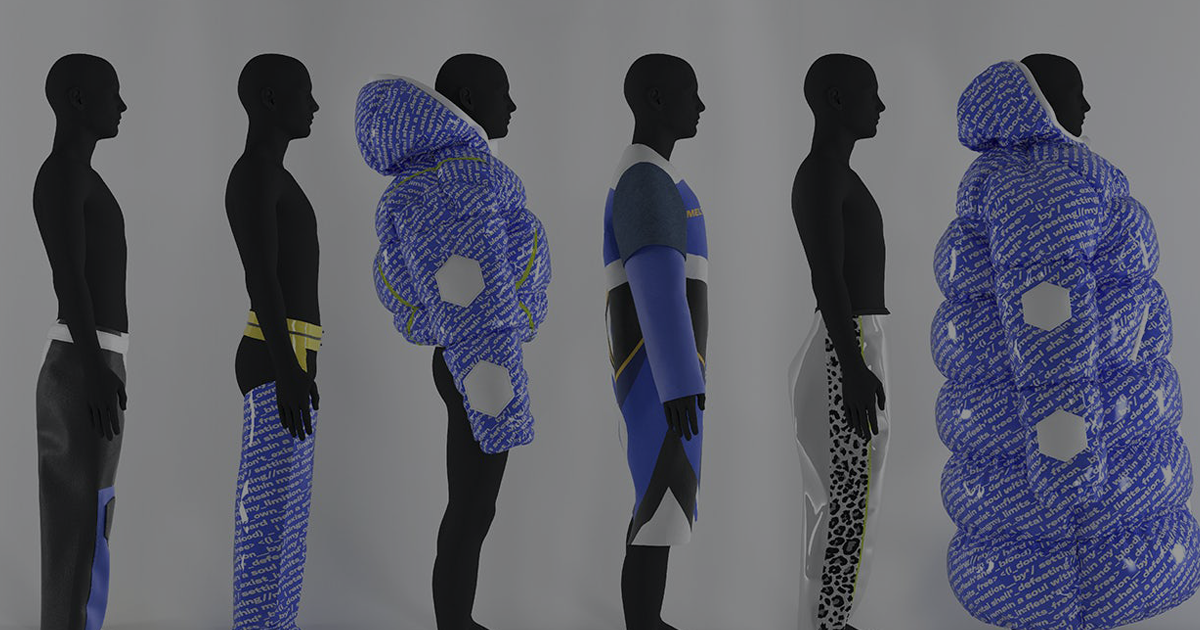How to develop an NFT marketplace

How to develop an NFT marketplace
How to develop an NFT marketplace
So let’s go over the facts. According to a study by NonFungible.com, the total value of NFT transactions in 2020 exceeded $250 million and grew by 229%, and the total number of wallets increased by 97% compared to 2019. Experts predict that non-exchangeable tokens (NFTs) will become the engine of the virtual economy over the next decade. The NFT market is growing at an incredible rate and it’s time to think about how you can benefit from it. Creating an NFT marketplace is one way to accomplish this. Below we detail a plan of action. Get ready and let’s get started!
What is NFT?
NFT are non-fungible tokens. They are unique and each of them can’t be replaced, reproduced or split into parts. This is their main difference from bitcoins. For example, if you have $10, in case you borrowed it, it doesn’t matter how it comes back to you (in one bill, $5 or one dollar), the main thing is that the amount stays the same. So NFT tokens can be compared to a collectible coin, each of which is unique and one-of-a-kind.

Main properties:
- Uniqueness. Each NFT token has its own set of metadata
- Indivisibility. NFT cannot be divided into smaller denominations
- Ownership. There is an owner and information is very easy to verify
- Interaction Exclusion. Each NFT is not equal to another NFT, it cannot be exchanged like bitcoin
Thus, such tokens are ideal for digital assets, which can be images, music, any digital work of art, a game character or object, etc. But still, NFT trading platforms are necessary for the development of the electronic economy.
What is an NFT marketplace?
Unlike bitcoin, a non-fungible token cannot be directly exchanged on various crypto exchanges, and dedicated platforms are needed to buy and sell. That’s what NFT’s marketplaces are like. Lots here can be presented at a fixed price or auctioned off. There are many types of these exchanges, from exclusive to simpler, where you can find everything from art to domain names.
There are niche platforms, for example, on Valuables you can sell and buy tweets (Twitter CEO Jack Dorsey auctioned off his first tweet as an NFT);

Looking Glass Factory is a marketplace for digital holograms, etc. Today, niche sites are gaining popularity because they are designed for a specific target audience and solve specific problems.
How does the NFT marketplace work?
NFT marketplaces are implemented using smart contracts. Each token contains a set of unique information (metadata) recorded in its smart contract, and the blockchain ensures its security and immutability. To build an NFT marketplace, we need to create a token protocol. It is a special group of smart contracts that provides the implementation of certain functionality of trading platforms. In addition, this protocol integrates with the trading floor system.
On the client side, the first thing to do is to register and get an electronic wallet to store NFT and cryptocurrencies. The most popular is MetaMask, an open-source Ethereum wallet that supports all kinds of Ethereum-based tokens (e.g., ERC-20 compliant tokens and non-fungible tokens). Next, you can create your own collections by uploading all the necessary elements of your work. The user can choose which payment tokens he would like to receive and set an additional commission for the sale, if such is provided by the platform.
Development of the NFT marketplace
As with any other software product, it is important to determine for whom the platform is created and what problems it will solve. It is necessary to determine the list of possibilities to choose one of several solutions.
Development of the NFT marketplace
OpenSea
There are tools for creating trading platforms to work with non-fungible tokens. OpenSea offers an SDK that allows you to create such a platform using the OpenSea infrastructure, but with your design.
The OpenSea SDK allows you to sell items for your own ERC 20, generate revenue, allow private listings, mass transfers, and more. The SDK creates ERC-721 or ERC-1155 (semi-fungible) items. It’s also convenient that you don’t need to deploy your own smart contracts. This toolkit simplifies the development process with off-the-shelf blocks.
Nifty Gateway
Nifty Gateway is one of the few platforms that allows users to buy directly from the site with their credit card. Other sites require users to have a digital wallet to buy artwork using Ethereum cryptocurrency. Not being tied to a wallet makes the process much easier.

Development of own NFT marketplace
In most cases, ready-made toolkits do not meet all the requirements of a project. That’s when the development of a custom NFT marketplace comes on board. With the support of an experienced development team, you can create a platform of non-fungible tokens with any functionality from scratch. The process includes the following steps:
- Business Analysis. At this stage, you need to describe the business part of your project: who your product is created for, what features you need to implement, what user flow you need to create.
- UX/UI design. UX/UI is crucial when designing a marketplace. The user interface needs to be clear and simple. A good UX/UI is the golden mean between usability and a pleasant appearance of your platform.
- Smart Contracts Protocol Development. The back-end is the logic of your platform. When designing an NFT marketplace, this step is much different than the same step in standard development. The NFT marketplace is a decentralized platform, so most of the data is verified on a blockchain.
- Front-end development. This is the stage of bringing your design to life. The main task is to ensure that the platform is fast, has good performance and reliability.
- Testing. Never skip this step. Finding and fixing bugs quickly ensures that your product is ready to go.
- Launch and support. After making sure your platform is bug-free, it’s time to launch your NFT marketplace. Many people think this is the last step, but software is software, it needs to be constantly maintained and updated.
What’s important when creating an NFT marketplace
Security
When it comes to finance, security can’t be ignored. Blockchain is a pretty robust technology that has built-in security mechanisms, but extra features would never do any harm. You may need tools to verify and detect malicious content. You can also check additional boxes when publishing or purchasing tokens so that users can be assured of their authenticity and trustworthiness.
Experienced development team
First, outsourced development teams can help you significantly speed up the process of building your NFT marketplace. Especially when it comes to full-service development companies. This is the most cost-effective solution.
Second, check the experience of the company you are going to work with. How to do this? Check the implemented projects, make sure that the software provider can meet all your project-related needs.
How Lansoft can help you create an NFT marketplace
If you want to create your own NFT trading platform, we can offer you several options, including custom development and creation of a trading platform based on OpenSea, Nifty Gateway, etc. We are not limited to digital asset types, so we can develop an NFT platform that meets all your requirements. The Lansoft team can also develop individual NFT collection items, such as Hashmasks, if you need to sell a series of tokens.
Discover more







